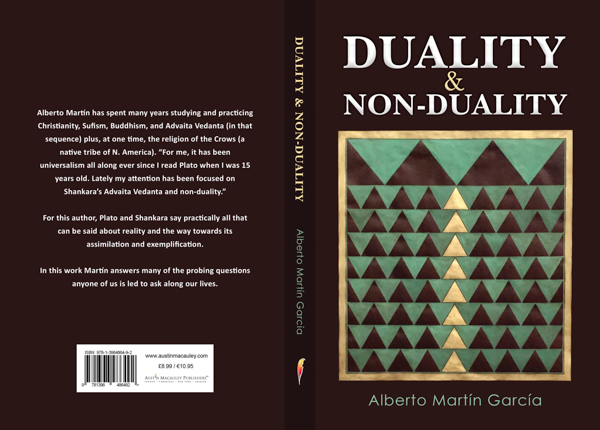by Prof. Phillip Charles Lucas
<Read Part 7>
Theme Five: Pre-transcendence, Depersonalization and Level Confusion
A fifth and final theme of the critics is that NTMAs make no allowance for the Advaita distinction between absolute and relative levels of awareness. As a result, these teachers allegedly tend to devalue a life of engaged spiritual practice and the balanced development of physical, emotional, psychological and spiritual dimensions of the self. By placing all their emphasis on the most advanced state of spiritual realization, NTMA teachers and students are seen as being prone to “pre-transcendence,” a premature assumption of ultimate spiritual liberation that leads to de-personalization and disengagement from ordinary life. California-based NTMA teacher John Wheeler articulates this radically depersonalized position:
The real clarity comes from seeing the absence of the person. It is the person that gums up the works and creates all the problems and supposed solutions. Just keep coming back to the fundamentals. Your nature is luminous, ever-present, radiant, perfect, being-awareness. This is fully realized and complete right now…. With the emphasis off of the mind and the [personal] conceptual story, you will be much more present, because there is no filter. There is no person with all of its preferences and partialities trying to negotiate every experience.
Continue reading



 Note that this is the Concluding part
Note that this is the Concluding part